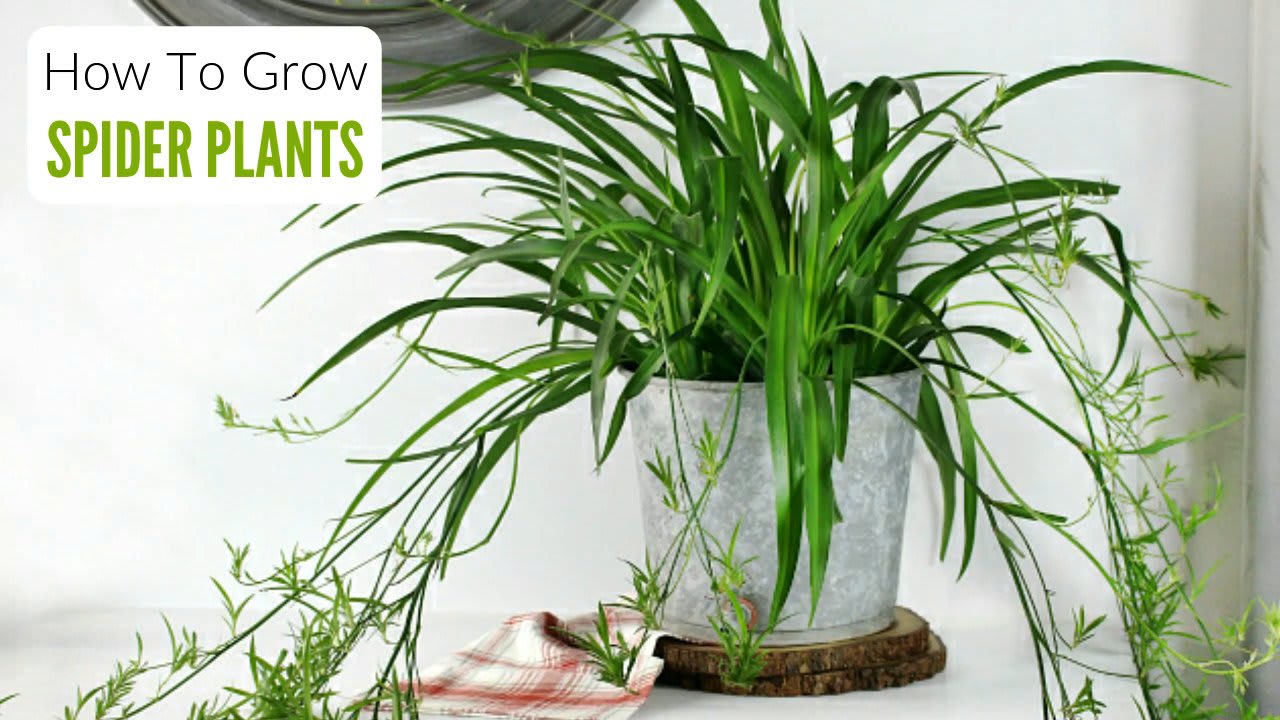The spider plant all green, a captivating member of the spider plant family, stands out with its striking all-green foliage. Unlike its variegated counterparts, this plant boasts a uniform, vibrant green hue that adds a touch of understated elegance to any space. With its easy-going nature and air-purifying abilities, the spider plant all green is an ideal choice for both novice and experienced plant enthusiasts.
This unique plant showcases a compact, rosette-shaped growth habit, producing long, slender leaves that cascade gracefully over the edges of its container. Its ability to thrive in a wide range of lighting conditions and its minimal watering needs make it an ideal choice for busy individuals or those new to the world of indoor gardening.
Characteristics and Appearance: Spider Plant All Green

The all-green spider plant stands out from other varieties with its distinctive lack of variegation. Its leaves are a vibrant shade of emerald green, with no white or cream stripes or patterns. This solid coloration sets it apart from the more common variegated spider plants, which typically feature a combination of green and white or cream.
Growth Habits and Size
Spider plants are known for their vigorous growth and easy propagation. The all-green variety exhibits similar growth habits, producing long, arching stolons that can reach up to 3 feet in length. These stolons bear plantlets, or baby spider plants, at their tips, allowing for easy propagation. The mother plant typically forms a dense clump of foliage, with the stolons and plantlets radiating outwards.
Care and Maintenance

Maintaining a healthy spider plant all green requires proper care and attention. This includes providing suitable lighting conditions, ensuring appropriate watering practices, and meeting the soil and fertilization requirements.
Lighting Conditions
Spider plants thrive in bright, indirect light. Direct sunlight can scorch the leaves, causing brown or yellow spots. They can also tolerate low-light conditions, but their growth may be slower.
Watering, Spider plant all green
Water the spider plant when the top inch of soil feels dry to the touch. Avoid overwatering, as it can lead to root rot. During the growing season (spring and summer), water more frequently, about once a week. Reduce watering in the fall and winter to every 2-3 weeks.
Soil and Fertilization
Spider plants prefer well-draining soil. A mixture of potting soil, perlite, and peat moss is ideal. Fertilize the plant every 2-3 months during the growing season with a balanced liquid fertilizer diluted to half strength.
Benefits and Uses
:max_bytes(150000):strip_icc()/spider-plants-chlorophytum-definition-1902773-01b-b3f60dce30a64c399d52b5538417cc7d.jpg)
Spider plants are known for their various beneficial qualities, including their air-purifying abilities, natural insect repellent properties, and ease of propagation through cuttings.
Air Purification
Spider plants are recognized for their exceptional air-purifying qualities. Studies have demonstrated their effectiveness in removing harmful toxins and pollutants from the air, including formaldehyde, benzene, and carbon monoxide.
Insect Repellent
Spider plants possess natural insect repellent properties. The plant releases a mild toxin that can deter common household pests such as aphids, mealybugs, and spider mites.
Propagation Through Cuttings
Spider plants are incredibly easy to propagate through cuttings. By simply taking a cutting from a healthy plant and placing it in water or soil, you can create new spider plants with ease.